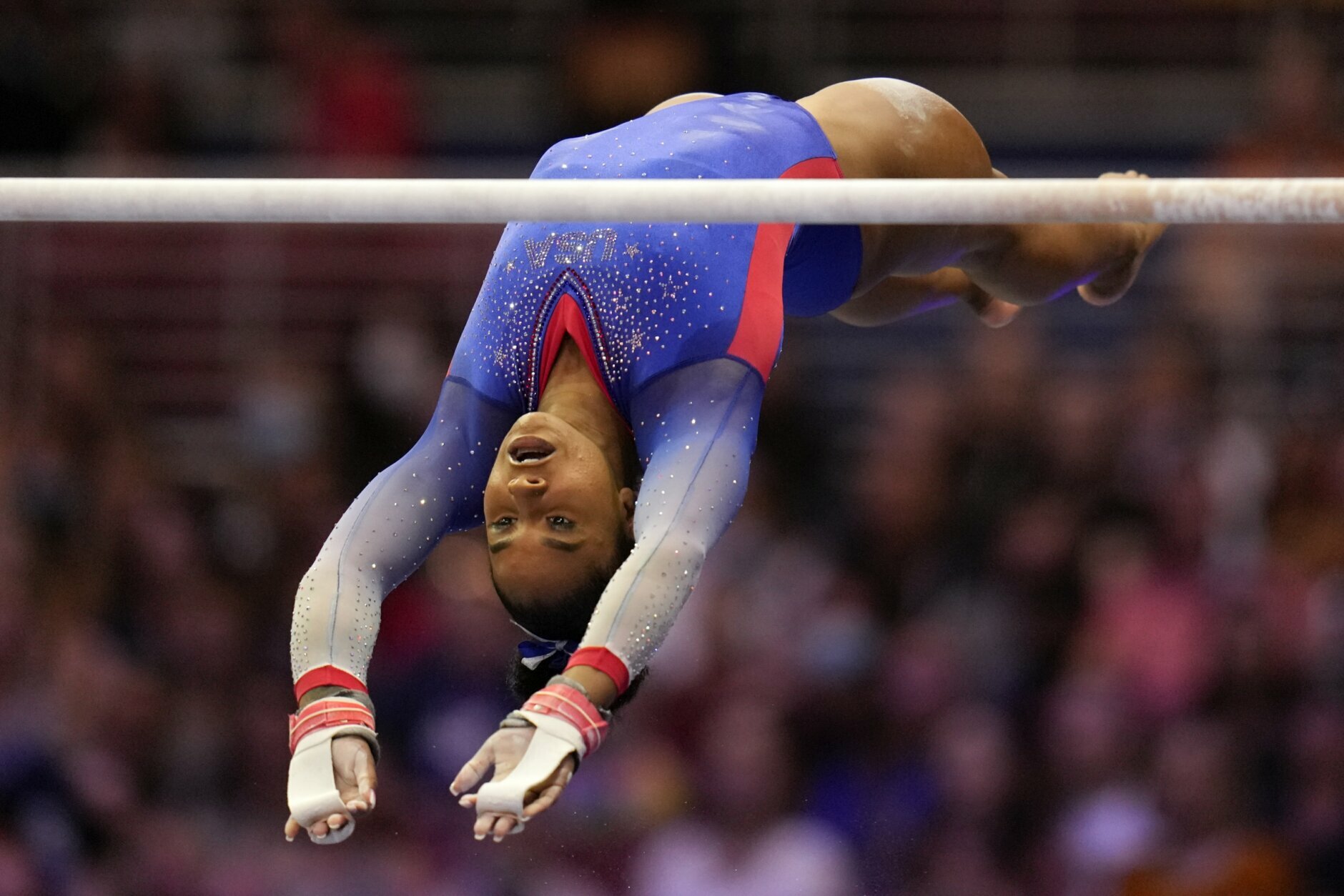Historical Significance of Men’s Gymnastics Olympic Trials

The men’s gymnastics Olympic trials are a historical and important event that determines which athletes will represent their country at the Olympic Games. The trials have a rich history and have played a crucial role in the development of the sport.
The men’s gymnastics olympic trials are a testament to the strength and determination of these athletes. Their performances have left us in awe, and we can’t wait to see what they’ll accomplish at the upcoming women’s gymnastics olympic trials 2024.
The women’s trials will be just as exciting, and we’re sure that the athletes will put on a show that will inspire us all. We wish them all the best in their preparations for the big event.
The first men’s gymnastics Olympic trials were held in 1904 in St. Louis, Missouri. The trials were originally held every four years, but they were changed to a biennial event in 1972. The trials have been held in a variety of cities across the United States, including New York City, Los Angeles, and Indianapolis.
The men’s gymnastics Olympic trials were a fierce competition, showcasing the incredible talents of young gymnasts. Among them was the exceptional Shane Wiskus , who demonstrated his remarkable skills and determination. His performance left an indelible mark on the trials, inspiring awe and admiration from spectators and competitors alike.
As the trials concluded, the anticipation for the Olympic Games grew, with Wiskus and his fellow gymnasts preparing to represent their countries on the world’s grandest stage.
Key Moments and Milestones
- 1904: The first men’s gymnastics Olympic trials were held in St. Louis, Missouri.
- 1924: The United States won its first team gold medal at the Olympic Games.
- 1936: The United States won its first individual gold medal at the Olympic Games.
- 1972: The trials were changed to a biennial event.
- 1984: The United States boycotted the Olympic Games.
- 1992: The United States won its first team gold medal at the Olympic Games since 1984.
- 2004: The United States won its first individual gold medal at the Olympic Games since 1984.
- 2008: The United States won its first team gold medal at the Olympic Games since 1992.
- 2012: The United States won its first individual gold medal at the Olympic Games since 2004.
- 2016: The United States won its first team gold medal at the Olympic Games since 2008.
- 2020: The Olympic Games were postponed to 2021 due to the COVID-19 pandemic.
- 2021: The United States won its first team gold medal at the Olympic Games since 2016.
Importance of the Trials
The men’s gymnastics Olympic trials are an important event for several reasons. First, they determine which athletes will represent their country at the Olympic Games. Second, they provide a platform for athletes to showcase their skills and compete against the best in the world. Third, they help to promote the sport of gymnastics and inspire future generations of athletes.
Key Performers and Contenders

The men’s gymnastics Olympic trials will feature an array of talented gymnasts, each vying for a spot on the United States Olympic team. These athletes have showcased their skills in various competitions, and they will be eager to prove their worth at the trials.
Among the top contenders is Brody Malone, who won the 2021 U.S. Championships. Malone is known for his consistency and technical prowess, particularly on the pommel horse and parallel bars. Another strong contender is Yul Moldauer, the 2016 Olympian who excels on the floor exercise and vault. Moldauer’s athleticism and dynamic routines make him a formidable opponent.
Strengths and Weaknesses
- Brody Malone: Strengths: Consistency, technical prowess on pommel horse and parallel bars. Weakness: May lack the explosiveness of some other contenders.
- Yul Moldauer: Strengths: Athleticism, dynamic routines on floor exercise and vault. Weakness: May not be as strong on the other apparatus.
Event Format and Scoring System
The men’s gymnastics Olympic trials are a two-day event that determines which gymnasts will represent the United States at the Olympic Games. The trials are held in two stages: the preliminaries and the finals.
In the preliminaries, each gymnast competes on all six Olympic events: floor exercise, pommel horse, still rings, vault, parallel bars, and high bar. The top 24 gymnasts in the all-around standings advance to the finals.
In the finals, the gymnasts compete on all six events again. The scores from the preliminaries and the finals are combined to determine the final standings. The top two gymnasts in the all-around standings automatically qualify for the Olympic team. The remaining four members of the team are selected by a committee based on their performance at the trials and their overall potential.
The scoring system for men’s gymnastics is based on the Code of Points, which is set by the International Gymnastics Federation (FIG). The Code of Points assigns a difficulty value to each skill, and the gymnast’s score is based on the difficulty of the skills they perform and the quality of their execution.
Difficulty Score
The difficulty score is determined by the number of difficult elements that the gymnast performs. Each element is assigned a difficulty value, and the total difficulty score is the sum of the difficulty values of all the elements in the routine.
Execution Score
The execution score is determined by the quality of the gymnast’s performance. The execution score is based on factors such as the gymnast’s technique, form, and artistry.
Deductions, Men’s gymnastics olympic trials
Deductions can be taken for errors in execution, such as falls, balance checks, and poor form. The amount of the deduction depends on the severity of the error.